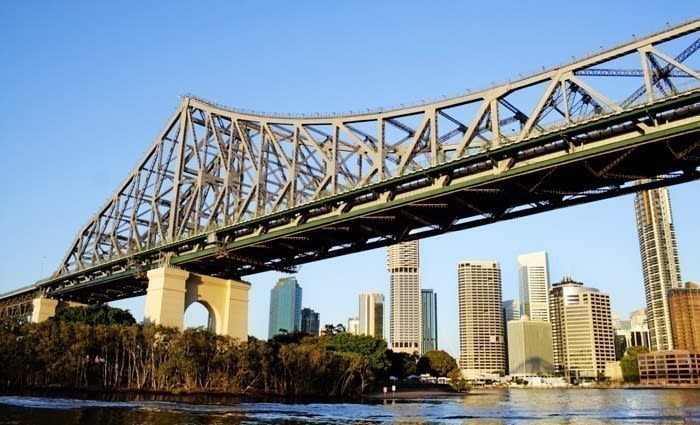Brisbane inner-city vacancy rate to get considerably worse: Terry Ryder
I was invited to speak at a recent property event in Singapore. I was booked and ready to go – and then pulled out when it became clear it wasn’t a research-based seminar for investors but an event designed to flog Brisbane off the plan units to Asian buyers in an oversupplied market.
The event organisers wanted to censor my presentation, eliminating any information deemed unfavourable to the selling objective – particularly the vacancy rate figures.
Vacancy rate data is unflattering for central Brisbane – and is set to get considerably worse, given the high level of new supply in the construction pipeline. The Brisbane inner-city unit market is one of the locations I warn about in my No Go Zones report.
Marketing companies who are earning big money selling inner-city Brisbane units to unsuspecting foreign investors have been putting a politician’s spin on the situation – with some even claiming the city isn’t building enough apartments.
A research paper published by Matusik Property Insights puts those claims into perspective. It confirms that Brisbane’s inner-city areas already have high vacancies and the city is making matters worse by building too many new rental properties.
According to the Matusik report, the highest vacancies are all in the inner-city and near-city suburbs, headed by 6% in upmarket Ascot/Hamilton and 4.6% in the CBD/Spring Hill precinct.
The lowest vacancy rates in the Brisbane City Council region, between 1.5% and 2%, are all in the outer reaches of the municipality.
Overall, says Matusik, the Brisbane LGA has about 155,000 rental properties, of which an estimated 4,600 are vacant. This makes the city's overall vacancy rate about 3%, up from 2.5% a year ago.
“The vacancy rate is rising and Brisbane is already adding more new rental properties than is required,” the report says. “This trend is likely to accelerate as more new rental dwellings are built across the city.”
The number of Brisbane rental properties has increased by 3,725 over the past 12 months. The current rate of rental supply in Brisbane is growing at twice the rate than is needed. Two thirds of this new rental supply is apartments and a further 30% is in townhouses.
“Apartments now dominate the rental market in Brisbane, with a 45% market share. Houses come in second with 38%, followed by townhouses with 11%.”
The average vacancy rate across inner Brisbane is 3.6%, compared to 3.1% in the middle-ring suburbs and 2.4% in the outer suburbs.
“Typically, a rental market is tight (rents rising) if the vacancy rate is under 2%,” the report says. “Between 2% and 3% represents a balanced market and over 3% suggests oversupply.
“An increasing number of locations in Brisbane, typically the inner-city postcodes, already have rental vacancy rates over 3%. And new rental supply, especially new apartments, is snowballing across Brisbane.
“Brisbane is unlikely to see much in the way of generic rental growth for some time to come.”
Brisbane is not alone. The No Go Zones report also warns about the inner-city apartment markets in Melbourne, Perth and Darwin, while noting that the Gold Coast is hurtling towards another boom-bust scenario.
TERRY RYDER is the founder of hotspotting.com.au. You can email him or follow him on Twitter.
